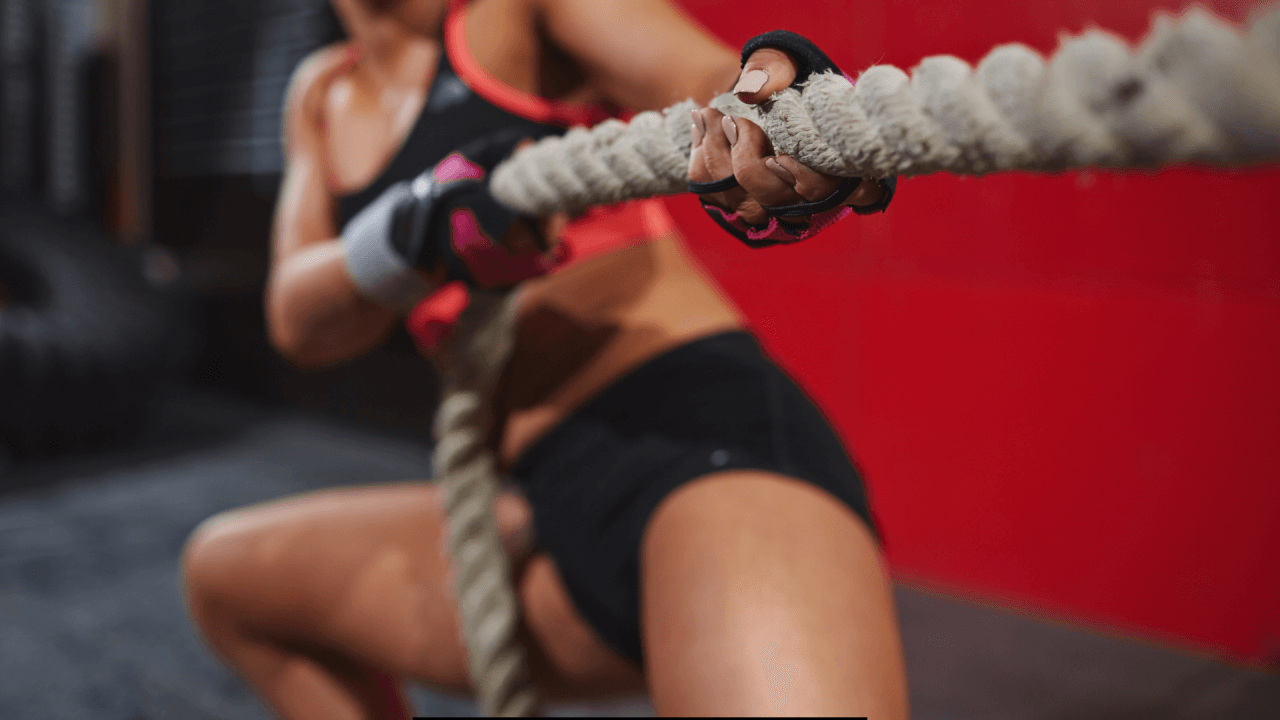In this article you will find:
Stepping Up Your Game: A Guide to Choosing the Perfect Sports Shoes
Whether you’re a seasoned athlete or a weekend warrior, having the right footwear is crucial for optimal performance and injury prevention. Sports shoes, unlike their everyday counterparts, are designed with specific activities in mind, offering targeted support, cushioning, and traction. But with a seemingly endless array of options available, choosing the perfect pair can feel overwhelming. Fear not, fellow adventurers! This comprehensive guide will equip you with the knowledge to navigate the world of sports shoes and select the ideal pair for your chosen discipline.
Understanding Shoe Types: A Breakdown of Key Categories
The first step in your shoe odyssey is understanding the different types of sports shoes available. Each category caters to specific activities and foot mechanics, providing the necessary support and features:
Running Shoes: Running shoes are the workhorses of the athletic world. They come in various styles, from lightweight racing flats for speed demons to heavily cushioned stability shoes for runners needing extra support. Key features include shock absorption, breathability, and a propulsive design to propel you forward.
Training Shoes: Versatility is the name of the game for training shoes. Designed for a variety of gym-based activities like weightlifting, HIIT workouts, and cross-training, these shoes offer a balance of support, flexibility, and traction for multi-directional movements.
 Walking Shoes: Walking shoes prioritize comfort and support for long walks or light jogging. They often feature a more relaxed fit, additional cushioning in the heel, and a flexible forefoot for a natural walking stride.
Walking Shoes: Walking shoes prioritize comfort and support for long walks or light jogging. They often feature a more relaxed fit, additional cushioning in the heel, and a flexible forefoot for a natural walking stride.Court Shoes: Agility, quick changes of direction, and explosive movements are the focus of court shoes. Designed for sports like basketball, volleyball, and badminton, these shoes offer excellent lateral support, a grippy outsole for multi-directional movements, and a snug fit for optimal control.
Trail Running Shoes: Conquering rugged terrain requires a different kind of footwear. Trail running shoes boast aggressive treads for enhanced traction on uneven surfaces, a protective upper for shielding against rocks and debris, and a more stable platform for navigating off-road conditions.
This is just a starting point – within each category, you’ll find further sub-categories catering to specific needs. For example, running shoes may be categorized by pronation type (overpronation, neutral, supination) to provide appropriate arch support.
 Key Features to Consider: Demystifying Shoe Technology
Key Features to Consider: Demystifying Shoe Technology
Now that you understand the different types of sports shoes, let’s delve into the key features to consider when making your selection:
Cushioning: The level of cushioning plays a crucial role in impact absorption and comfort. Runners seeking maximum shock absorption will opt for highly cushioned shoes, while those prioritizing responsiveness might prefer a thinner midsole for a more connected feel.
Support: Depending on your activity and foot type, varying levels of support are available. Stability shoes offer additional arch support to prevent overpronation, while neutral shoes provide a more flexible platform for natural foot motion. High-top shoes often provide more ankle support for sports like basketball.
Fit: A good fit is paramount for optimal performance and injury prevention. Your shoes should hug your foot comfortably without feeling restrictive. Ensure there’s enough wiggle room for your toes, and the heel should stay secure without slipping.
Breathability: Especially for activities that generate a lot of heat, breathable shoes are essential. Look for shoes with a mesh upper that allows air circulation to keep your feet cool and dry.
Outsole: The outsole provides traction and grip specific to the demands of your chosen activity. Running shoes prioritize a balance of traction and flexibility, while court shoes offer grippy outsoles for quick changes of direction. Trail running shoes feature aggressive treads for superior grip on loose terrain.
 Selecting the Right Shoe for Your Discipline: A Tailored Approach
Selecting the Right Shoe for Your Discipline: A Tailored Approach
Now that you’re armed with knowledge on shoe types and features, let’s explore how to select the perfect pair for your specific discipline:
Running: Consider your running style (heel striker, midfoot striker, forefoot striker), pronation type, and running distance. Beginners might benefit from a more cushioned shoe, while experienced runners can choose a lighter, more responsive option.
Training: Opt for a versatile training shoe that offers a balance of support, flexibility, and traction. Look for shoes that accommodate multi-directional movements and provide cushioning for high-impact activities.
Walking: Prioritize comfort and stability with a cushioned midsole and a flexible forefoot. Consider a wider fit for extended walking sessions.
Court Sports: Choose a shoe with excellent lateral support for quick changes of direction, a grippy outsole for court surfaces, and a snug fit for maximum control. Consider high-top shoes for additional ankle support in sports like basketball.
Trail Running: Prioritize aggressive treads for superior grip on loose terrain, a protective upper for shielding against rocks and debris, and a more stable platform for navigating off-road conditions. Consider a waterproof or water-resistant option for wet weather conditions.
Hiking: For moderate hiking on well-maintained trails, a hiking shoe with a supportive midsole and good traction will suffice. For more challenging hikes with uneven terrain or heavy loads, a hiking boot with additional ankle support and a stiffer sole for stability is recommended.
Tennis: Tennis shoes come in various court-specific options. Clay court shoes feature aggressive herringbone treads for grip on loose clay surfaces, while hard court shoes boast a smoother outsole for quick pivots and changes of direction. Grass court shoes offer a balance of traction and flexibility for grass surfaces.
 Cycling: Cycling shoes prioritize efficient power transfer from your foot to the pedals. Look for a stiff sole for maximum power transfer and a snug fit to prevent slippage. Consider shoes with cleats for clipless pedals or flat-soled options for compatibility with platform pedals.
Cycling: Cycling shoes prioritize efficient power transfer from your foot to the pedals. Look for a stiff sole for maximum power transfer and a snug fit to prevent slippage. Consider shoes with cleats for clipless pedals or flat-soled options for compatibility with platform pedals.Golf: Golf shoes offer a combination of comfort, stability, and traction ideal for navigating the golf course. Spiked soles provide excellent grip on wet grass, while spikeless options are suitable for courses with restrictions on traditional spikes.
Remember, this is not an exhaustive list, and specific features within each category might vary depending on the brand and model. Consulting a qualified shoe salesperson at a reputable sporting goods store can be invaluable. They can analyze your foot type, gait (running style), and activity level to recommend the perfect pair for your needs.
Beyond the Basics: Additional Considerations for Optimal Performance
While choosing the right type and features are crucial, here are some additional factors to consider for optimal performance:
- Break-in Period: Give your new shoes a proper break-in period before wearing them for extended activities. This allows the materials to adjust to your feet and minimizes the risk of blisters.
- Socks: High-quality, moisture-wicking socks are essential for keeping your feet dry and comfortable. Choose socks designed for your specific activity and shoe type.
- Replace Your Shoes Regularly: Even the best shoes wear out over time. Watch for signs of wear and tear like worn-out soles or compressed cushioning. Replace your shoes regularly to maintain optimal performance and prevent injuries.
By taking these additional considerations into account, you can ensure your sports shoes not only support your chosen activity but also contribute to your overall comfort and enjoyment.
Conclusion: Stepping into Peak Performance with the Perfect Shoe
Choosing the right sports shoes is an investment in your performance, comfort, and injury prevention. By understanding the different types of shoes available, the key features to consider, and how to select the perfect pair for your specific discipline, you’ll be well on your way to stepping into peak performance. Remember, comfort is key, so don’t hesitate to try on different options and consult a sales professional if needed. With the perfect shoes on your feet, you’re ready to conquer your fitness goals and experience the joy of movement in its purest form. So, lace up, hit the ground running (or walking, or hiking, or cycling!), and embrace the journey towards a healthier, happier you!

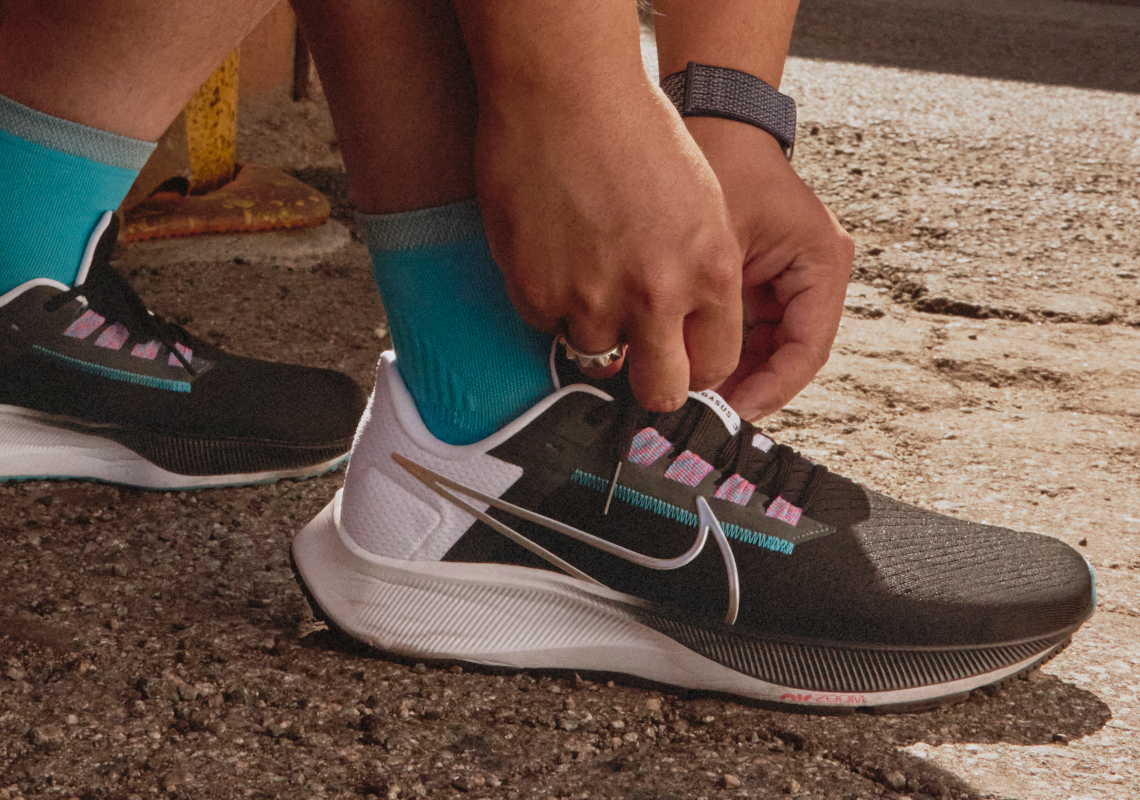
 Walking Shoes: Walking shoes prioritize comfort and support for long walks or light jogging. They often feature a more relaxed fit, additional cushioning in the heel, and a flexible forefoot for a natural walking stride.
Walking Shoes: Walking shoes prioritize comfort and support for long walks or light jogging. They often feature a more relaxed fit, additional cushioning in the heel, and a flexible forefoot for a natural walking stride.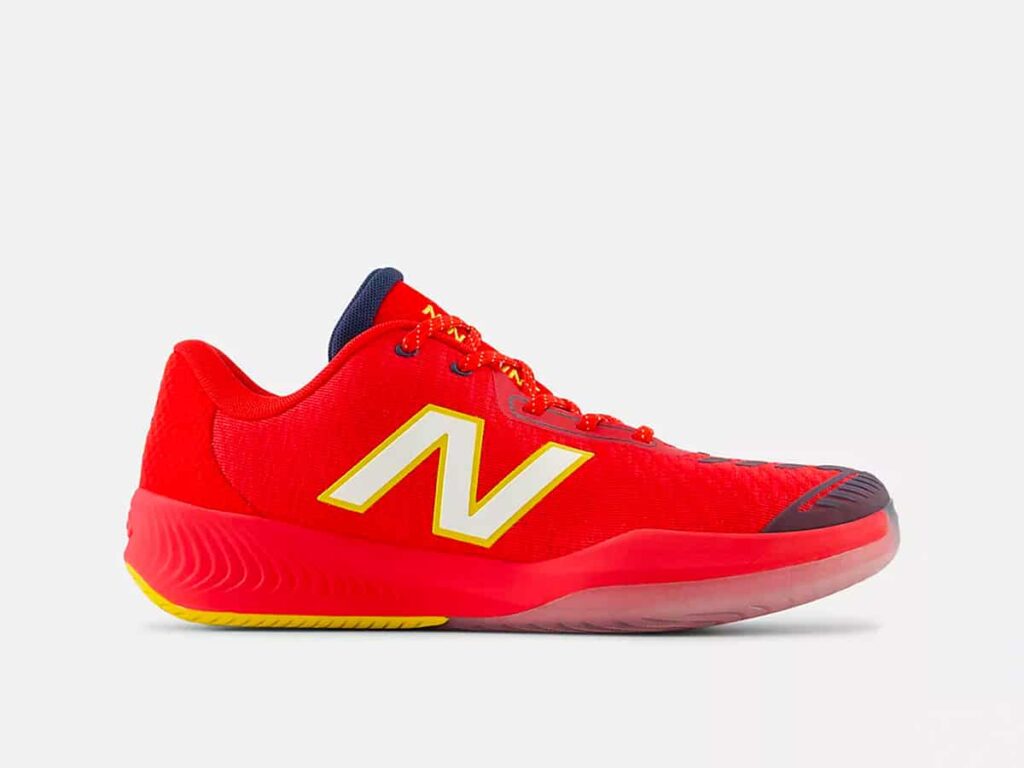 Key Features to Consider: Demystifying Shoe Technology
Key Features to Consider: Demystifying Shoe Technology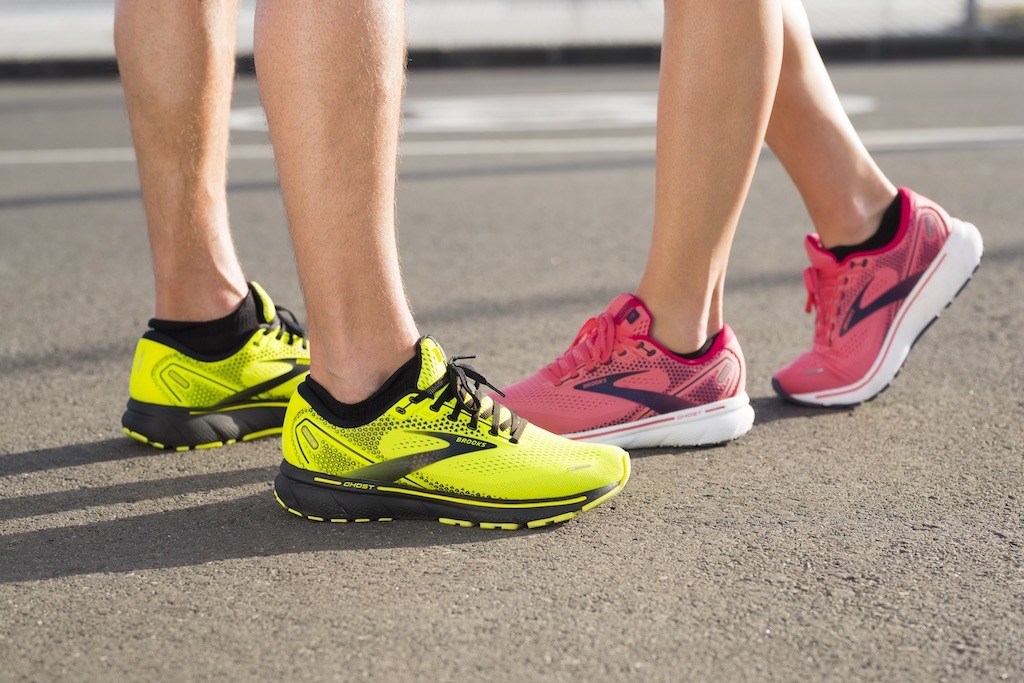 Selecting the Right Shoe for Your Discipline: A Tailored Approach
Selecting the Right Shoe for Your Discipline: A Tailored Approach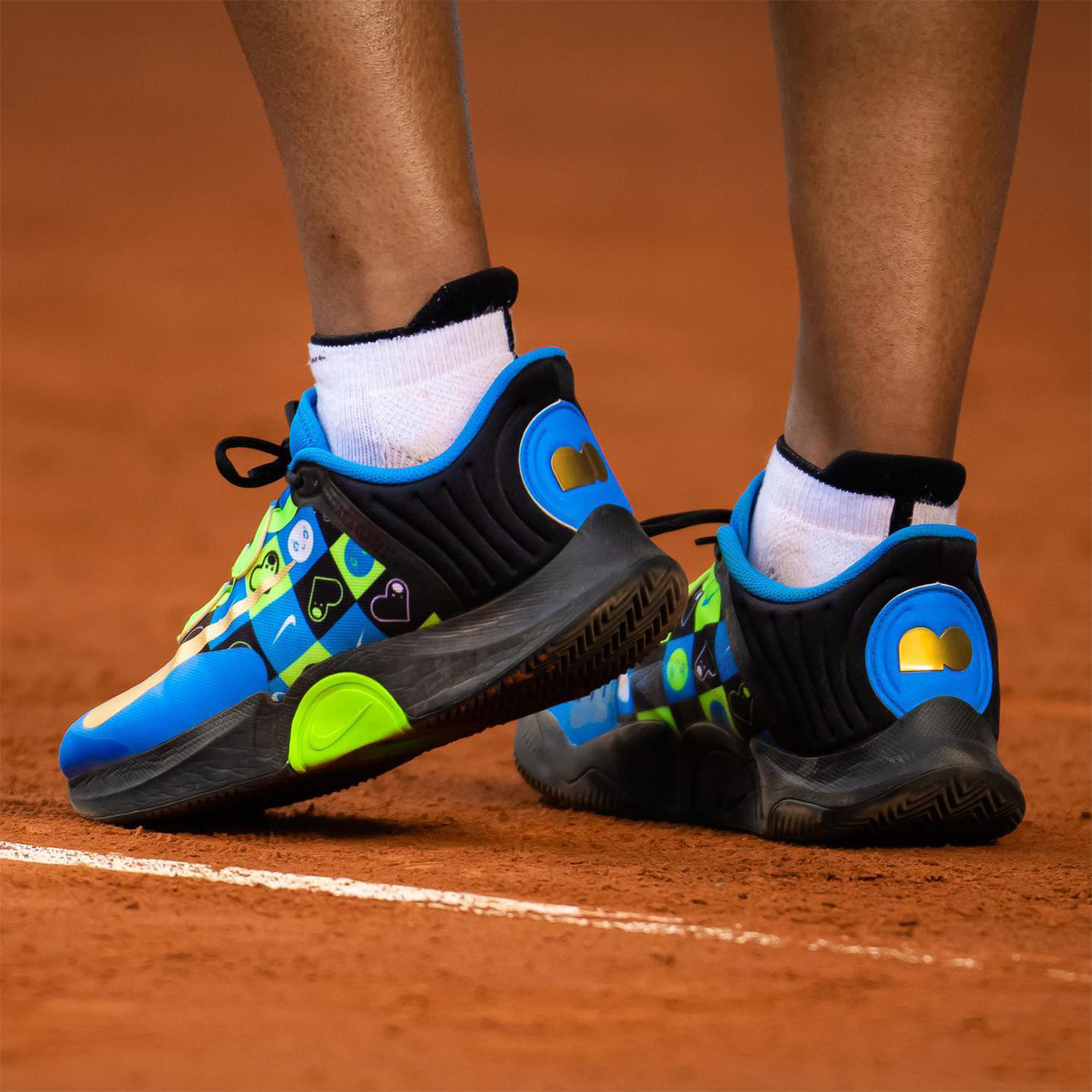 Cycling: Cycling shoes prioritize efficient power transfer from your foot to the pedals. Look for a stiff sole for maximum power transfer and a snug fit to prevent slippage. Consider shoes with cleats for clipless pedals or flat-soled options for compatibility with platform pedals.
Cycling: Cycling shoes prioritize efficient power transfer from your foot to the pedals. Look for a stiff sole for maximum power transfer and a snug fit to prevent slippage. Consider shoes with cleats for clipless pedals or flat-soled options for compatibility with platform pedals.